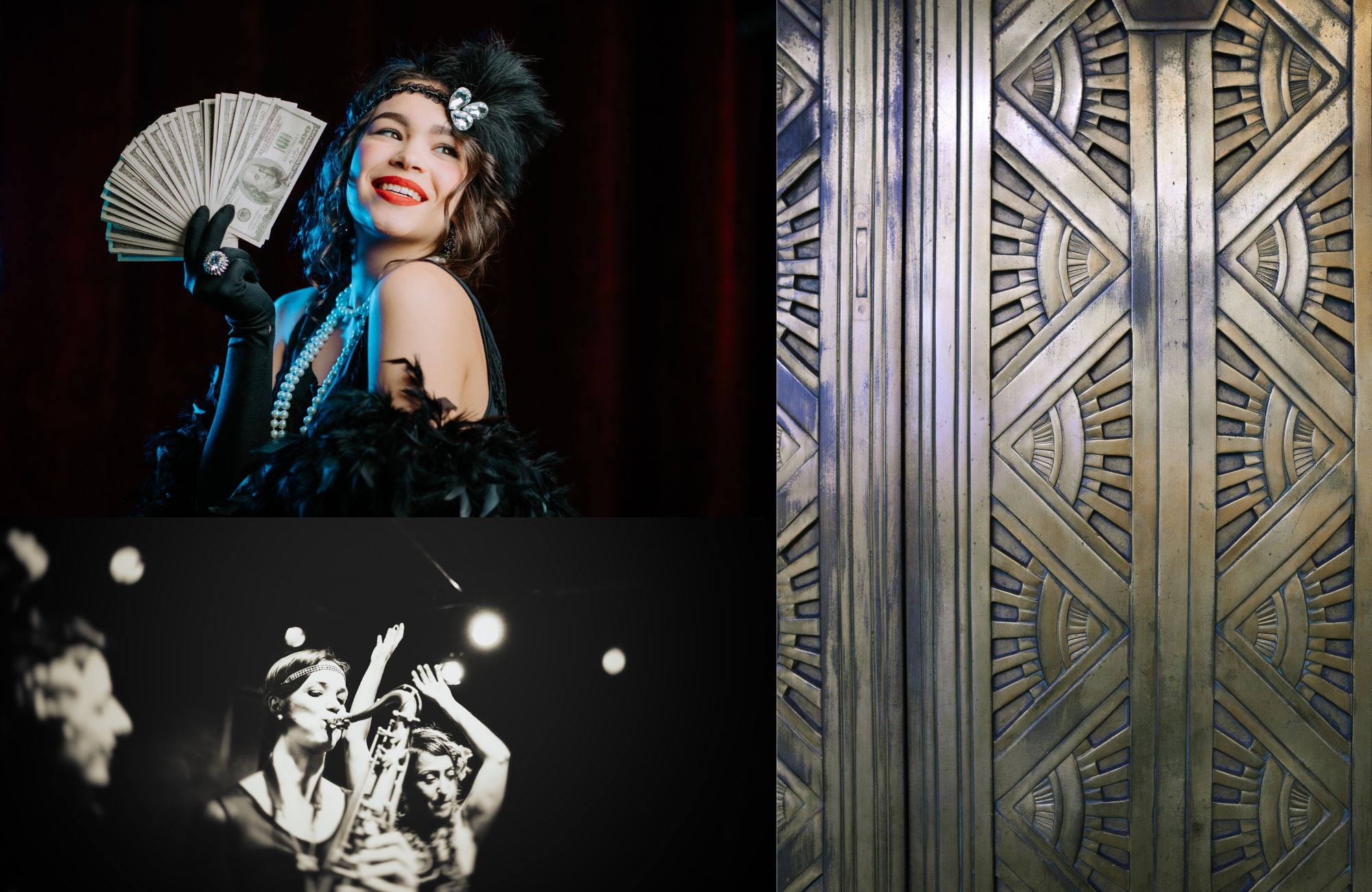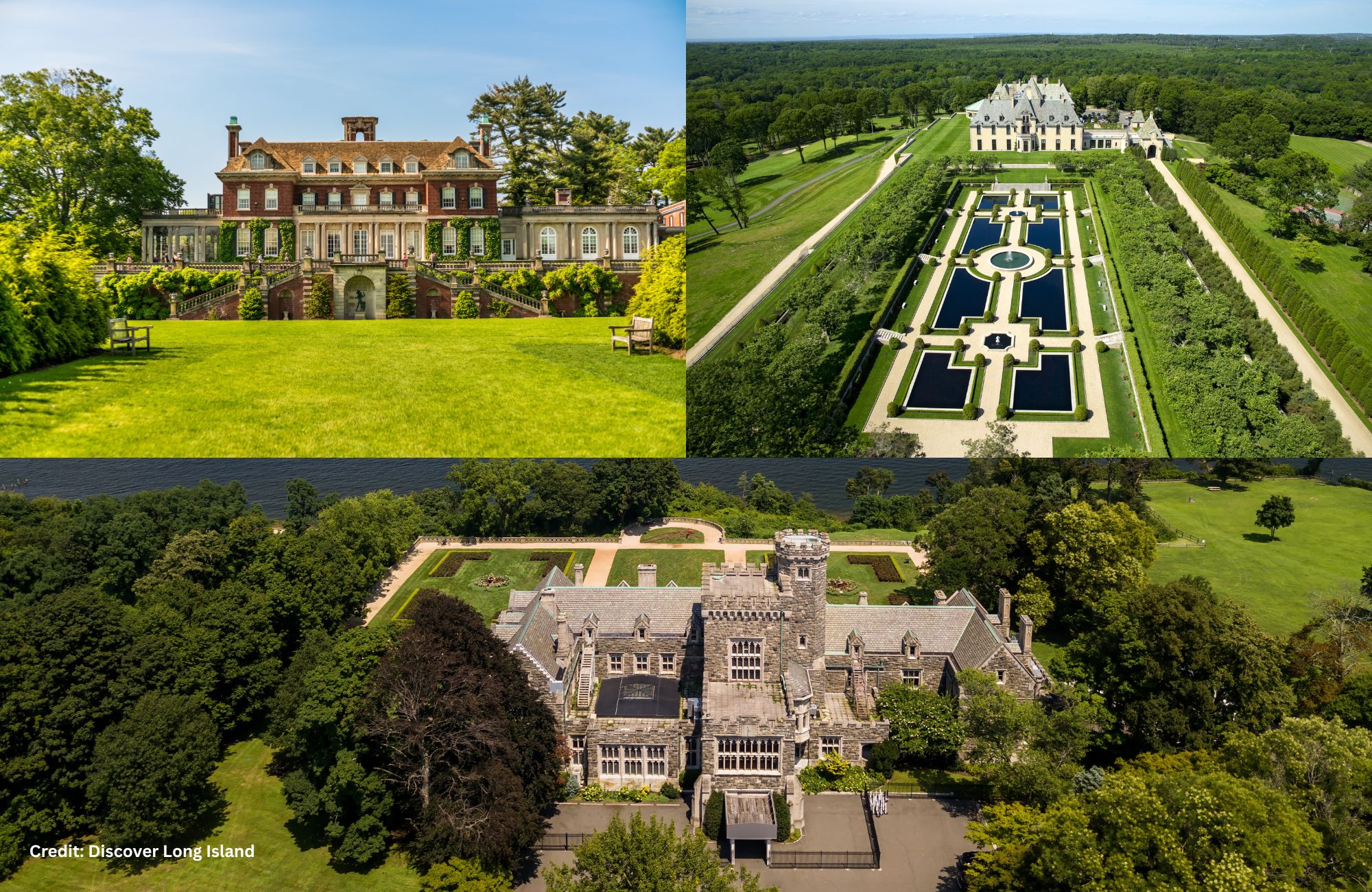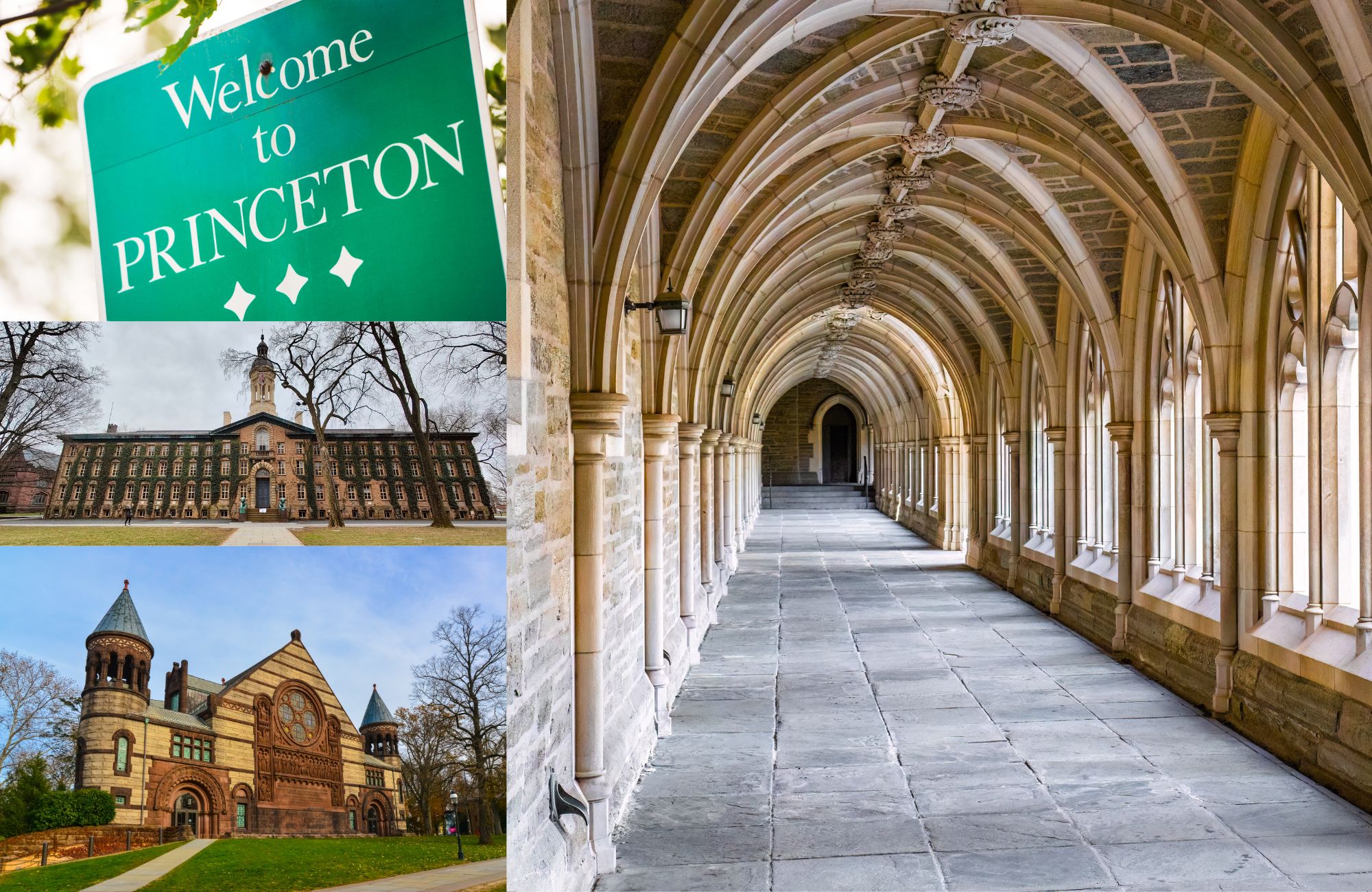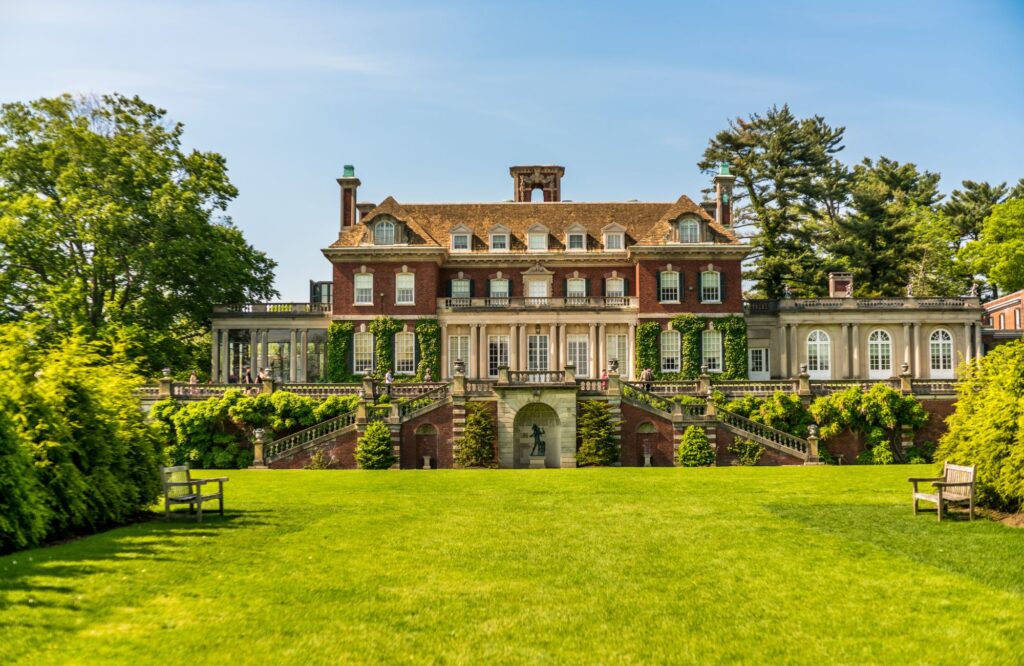In the Footsteps of F. Scott Fitzgerald: Exploring The Great Gatsby’s Real New York
Step onto the streets and into the spirit of F. Scott Fitzgerald’s New York, where the world of The Great Gatsby still lingers. For anyone who loves classic novels, New York offers more than skyscrapers and bright lights—it’s where Gatsby’s dreams took shape and fell apart.
Tracing Fitzgerald’s path draws you closer to the era that inspired his most famous work. It gives you a taste of the Roaring Twenties and the social whirl that shaped American culture. Whether you’re a book lover, a history fan, or just curious about the city’s hidden stories, discovering Gatsby’s real New York helps the novel’s world come alive.
The Life of F. Scott Fitzgerald: The Man Behind Gatsby
F. Scott Fitzgerald’s life read much like one of his novels. Born into modest means, he chased success, romance, and the bright lights of the Jazz Age—sometimes outrunning his troubles, often stumbling, but always writing. Getting to know the man behind Gatsby helps us understand both his books and the city that fired his imagination.
Fitzgerald’s Early Years and Literary Aspirations
Fitzgerald grew up in St. Paul, Minnesota, in a family that struggled to hold onto respectability. His father’s frequent job losses taught Scott that status could disappear overnight. School wasn’t always easy—he skipped classes at Princeton, busy with theatre and writing for magazines.
But ambition burned brightly. Fitzgerald sent story after story to publishers. After several rejections and false starts, the 1920 debut of This Side of Paradise made him famous. Almost overnight, the book turned him from struggling writer to rising star. This early taste of fame shaped his dreams and his next choices.
The Jazz Age Lifestyle and Its Impact
No author captured the “Roaring Twenties” quite like Fitzgerald. He soaked in the hedonism and glamour of the age—the music, the parties, and the hope that tomorrow always promised more. The way he described champagne-soaked gatherings and glittering city nights wasn’t only art. It was autobiography.
Yet behind the party scenes, he wrestled with anxiety about money, success, and his own self-worth. Fitzgerald flitted between New York, Paris, and the French Riviera, always chasing the novel, story, or magazine article that would refill his pocketbook.
The impact of this lifestyle was twofold:
- Endless fuel for his stories: He lived what he wrote.
- Deep personal toll: Late nights, restlessness, and alcohol left their mark on him and everyone close to him.

Zelda Fitzgerald: Muse and Tragic Partner
Zelda Sayre was more than Fitzgerald’s wife—she was his creative partner and, at times, his rival and muse. Their romance burned fast. After they married, Zelda’s style and spirit coloured Scott’s stories, inspiring characters like Daisy Buchanan.
But there was a shadow side. Both Fitzgeralds battled insecurities and jealousy. Their lives spun with parties, travel, and, eventually, strife. Zelda’s struggles with mental health and Scott’s drinking drew them apart over time.
Still, their love and pain were woven into every page. The highs and lows of their marriage shaped how Fitzgerald wrote about longing, hope, and loss—echoing in Gatsby’s own search for meaning in a crowded room.
The real New York of the 1920s shaped Fitzgerald, but so did the people and pressures he let into his world. Each piece of his life drifted into the stories he wrote and the legacy that remains.
Exploring East and West Egg: Real-Life Inspirations for The Great Gatsby
F. Scott Fitzgerald never visited the fictional East Egg and West Egg—he created them. But he drew his inspiration from places on Long Island’s North Shore. Spend time in these neighbourhoods, and you can almost hear the thrum of Gatsby’s parties and smell the salt air off Manhasset Bay. The divide between characters in the novel begins with geography, splitting the fantasy world from the real one just a short drive from Manhattan.
Long Island’s Gold Coast: From Mansions to Myth
The stretch along Long Island’s North Shore, often called the Gold Coast, was once home to sprawling estates, marble halls, and sweeping lawns. This area set the stage for Gatsby’s wild dreams.
In the 1920s, the Gold Coast was dotted with palatial homes owned by America’s wealthiest families. Fitzgerald and his wife Zelda lived in a modest rental in Great Neck, which inspired his vision of “West Egg.” Here, new money boomed—people who’d made fortunes fast. Just across the bay, in more refined spots like Sands Point, you find the tone of “East Egg,” with its careful gardens and generations-old wealth.
Every mansion carried stories. Some are gone, torn down for cul-de-sacs and country clubs. But a few, like Oheka Castle and the former Guggenheim estate, still stand. They make it easy to picture a champagne-fuelled gathering spilling onto a moonlit terrace.
- Great Neck, NY: model for West Egg, full of energy, shiny cars, and laughter
- Sands Point, NY: East Egg, calm, proper, and unbothered by the fuss of new arrivals
- Oheka Castle: a living echo of Gatsby’s fantasy
Even now, the thread of wealth and ambition weaves through these towns.

The Divide Between Old Money and New Money
Fitzgerald’s genius was in how he made location do some of the talking. The line between East Egg and West Egg was more than geography—it was a wall built from attitudes, habits, and family trees.
Old money—families that weathered ups and downs, who “always” lived a certain way—makes its home on East Egg. Think inherited fortune, stability, carefully maintained appearances. East Egg residents don’t chase attention. They expect it.
West Egg pulses with the promise of new arrivals. These are homeowners, hustlers, bootleggers, and Broadway stars. What matters here is what you have, not where you got it. The parties are big because everything is—hopes, risks, debts, and dreams.
In the real Long Island of the 1920s, you saw this split everywhere:
- East Egg (Sands Point): Genteel mansions, refined manners, silent judgements.
- West Egg (Great Neck): Lavish parties, bold newcomers, restless energy.
Fitzgerald’s own rental put him firmly in the “new money” camp, but his fascination with both sides shines through.
Iconic Sites: Where Gatsby’s World Comes to Life
Walk around Long Island, and it’s easy to feel Gatsby just out of sight. Many places still hint at the glamour and secrets Fitzgerald described.
Here are some iconic sites to visit:
- Oheka Castle (Huntington): Often called the closest real-life model for Gatsby’s house. Built by Otto Kahn, its lavish grounds and architectural style mirror the novel’s descriptions.
- Sands Point Preserve: Once home to several Gold Coast mansions, this park gives you a sense of East Egg’s grandeur with its wooded paths and historic homes.
- Kings Point and Great Neck: Streets once filled with Model T Fords and tuxedoed guests. Locals still tell stories of wild parties fit for Gatsby.
- Manhasset Bay: The body of water separating East Egg from West Egg, echoing Gatsby’s long stare toward the green light.
For fans of the book, these sites aren’t just stops on a map. They’re touchpoints—real places where the border between fact and fiction blurs. The sights, sounds, and whispers you find here turn Fitzgerald’s vision into something tangible. Take a stroll along the waterfront, and you might just hear a bit of jazz drifting through the summer air, drawing you closer to Gatsby’s world.
Tracing Fitzgerald’s Footsteps: Noteworthy Stops on a Gatsby Road Trip
Following Fitzgerald through New York is the closest you can get to stepping into Gatsby’s circle. The real places from Fitzgerald’s own life and the novel let you see the magic of the Twenties and the sharp lines he drew between wealth, hope, and heartbreak. A literary road trip through his old haunts offers a mix of nostalgia, beauty, and stories still alive in every brick and blade of grass.
Princeton University: The Scholar’s Beginnings
Fitzgerald’s journey to literary fame began at Princeton. This ivy-covered campus shaped his view of prestige, class, and ambition. Walk its walkways and you’re treading ground where a young Fitzgerald tried (and often failed) to fit in with the East Coast elite.
Key stops here include:
- Nassau Hall: The centrepiece of campus life and a symbol of Princeton’s long history.
- The Tiger Inn: One of the historic eating clubs, hints at scenes from Fitzgerald’s own social struggles and triumphs.
- Fitzgerald’s dorm: The building still stands and features a plaque in his honour.
Princeton gave Fitzgerald the education and connections he longed for but also left him feeling out of place. That same feeling echoes in Gatsby’s longing for acceptance and belonging.

Manhattan: The Jazz Age’s Vibrant Heart
No city fed Fitzgerald’s imagination like New York. In Manhattan, he found the speed, glamour, and grit of the Jazz Age. This is the city behind Gatsby’s wild parties, Daisy’s longing, and Nick’s breathless awe.
Places to see in Manhattan include:
- Plaza Hotel: Site of tense scenes in the novel—the walls here have heard plenty of secrets.
- Central Park South: The city’s energy rides along its edges, just like Nick and Gatsby would have seen from busy car windows.
- Broadway and Times Square: The roar of new money and bright lights, where Fitzgerald often found story ideas and colourful characters.
- Yale Club and old speakeasies: Still tucked away on side streets, they carry the ghost of illicit jazz, whispered deals, and whispered dreams.
Every step in Manhattan will have you brushing up against bits of Gatsby’s world—fast cars, crowded streets, and that mix of hope and heartbreak.
Great Neck and Sands Point: Discovering Gatsby’s Mansions
On Long Island’s north shore, you’ll find the roots of Gatsby’s “West Egg” and “East Egg.” Fitzgerald and Zelda rented a house in Great Neck, surrounded by new-money neighbors making fortunes almost overnight. Just across the bay, Sands Point stood as a model for old-money East Egg, with its gated mansions, quiet gardens, and air of unbothered confidence.
Must-see stops here:
- Fitzgerald’s former home in Great Neck: The house still stands, proof that the source of Gatsby’s wild parties was closer to modest than myth.
- Kings Point and Manhasset Bay: The actual bay that separates the two “Eggs” in the novel—it’s the real gap between new and old wealth.
- Sands Point Preserve: Explore castle-like homes and wooded trails. These lawns and stone halls help you picture Daisy’s world, where security sometimes meant distance from joy.
- Oheka Castle: Further east, it’s the best-preserved Gold Coast mansion. It hints at Gatsby’s yearning for scale, beauty, and recognition.
Walking through these towns, you can almost feel echoes of Fitzgerald and Gatsby—each one searching for love or purpose among the sprawling lawns and long driveways. These aren’t just places; they’re living reminders of how hope and change shaped the American dream.
The Gatsby Legacy: How The Novel Shaped Culture and Literature
The Great Gatsby is more than just a story of wild parties and broken dreams. Since its release in 1925, the novel has left deep marks on culture and the way we see both literature and ourselves. Gatsby’s world—a glittering stage of hopes and regrets—mirrors real-life battles for success, love, and meaning. This section looks at how Fitzgerald’s novel explored bold ideas, created characters that feel real, and continues to inspire new art nearly a century later.
The American Dream Explored and Challenged
Fitzgerald’s biggest message cuts straight to the heart of the “American Dream.” In Gatsby’s world, anyone can become rich if they want it badly enough—or so it seems. The truth in the novel is messier.
Gatsby’s rise from poverty to mansion life looks impressive, but underneath, he’s still shut out from the old-money world. His endless chase for Daisy becomes a symbol of chasing perfection that always slips away. The Gold Coast mansions, big parties, and fancy clothes hide a tough lesson: money buys things, not happiness or acceptance.
Key takeaways from Gatsby’s take on the American Dream:
- Hollow success: Dreams without roots can feel empty, leaving people lost even when they “have it all.”
- Social barriers: No matter how hard Gatsby tries, he can’t cross certain lines—old money rejects him.
- Hope and disappointment: Gatsby’s hope never dies, but reality crushes his plans.
Fitzgerald makes readers ask hard questions about what’s really possible and what matters most—not just in the 1920s, but now.
The Enduring Appeal of Gatsby’s Characters
Readers keep coming back to Gatsby, Daisy, Nick, and the rest because they feel real. Each one carries a mix of hope, fear, and hidden wounds.
- Jay Gatsby: He’s both a dreamer and a mystery, holding onto hope even when it’s clear the past won’t return. His huge ambition and loyal heart make us root for him, even as we see his flaws.
- Daisy Buchanan: Daisy is more than just a symbol of Gatsby’s dreams. She’s charming but trapped, torn between love and comfort, showing the limits of choice and the cost of regret.
- Nick Carraway: As the narrator, Nick’s struggle to judge and understand his friends matches our own search for the truth. He can be cynical but also feels deep sympathy.
These characters speak to a simple truth: we all chase things we can’t have, and we all hide our real feelings. The cast in The Great Gatsby shows both strength and weakness, letting us see parts of ourselves in their struggles.
Gatsby in Modern Media and Adaptations
Decades after Gatsby drove down West Egg’s driveways, his story still pulls us in. The novel has sparked countless movies, TV shows, and even stage performances.
Here’s how Gatsby’s world keeps showing up in modern media:
- Film adaptations: From Robert Redford’s 1974 Gatsby to Baz Luhrmann’s wild, glittering 2013 version with Leonardo DiCaprio, each brings new life to Fitzgerald’s pages.
- Television and theatre: Gatsby and his crowd appear in plays, musicals, and even animated series, proving the story’s energy and drama work in any format.
- Fashion and art: Flapper dresses, jazz music, and Gatsby-themed parties show up everywhere from runway shows to city galas, making 1920s style feel forever new.
Pop culture never quite lets go of Gatsby. The green light at the end of Daisy’s dock glows in music videos, adverts, and party invites—playing on the longing and hope at the heart of the book. Each new version doesn’t just retell the story; it asks why we still care so much about longing, belonging, and the line between dream and reality.
Conclusion
Walking in the footsteps of Fitzgerald and his Gatsby characters does more than bring a book to life—it connects you with the hopes and heartbreaks that shaped a generation. Exploring these real places adds new shades to the story and reveals how history, ambition, and longing are woven into the American spirit.
A visit to Long Island’s old mansions or Manhattan’s side streets lets you see how stories and places feed off each other. It’s a reminder that literature isn’t just words on a page; it’s built on lived experiences, bold dreams, and the marks we leave behind.
Whether you’re a reader or a traveller, retracing these paths offers a rare chance to step into history and find your own link to the past. Keep the conversation going—share your stories, and let the culture that inspired Gatsby inspire you in return. Thanks for being part of the journey.


